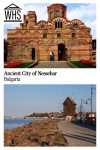Ancient City of Nessebar
By Maria Dol
What is the Ancient City of Nessebar?
The Ancient City of Nessebar is a living outdoor museum on the Bulgarian Black Sea coast. Situated on a small rocky peninsula connected to the land by a narrow strip, Nessebar combines over 3000 years of history.
Thracian settlement, Greek colony, Roman and Byzantine city – every era has left its prints. Today, the Old Town is a treasure trove of ancient and medieval architecture, including ruins of fortress walls, a basilica and charming Renaissance houses.
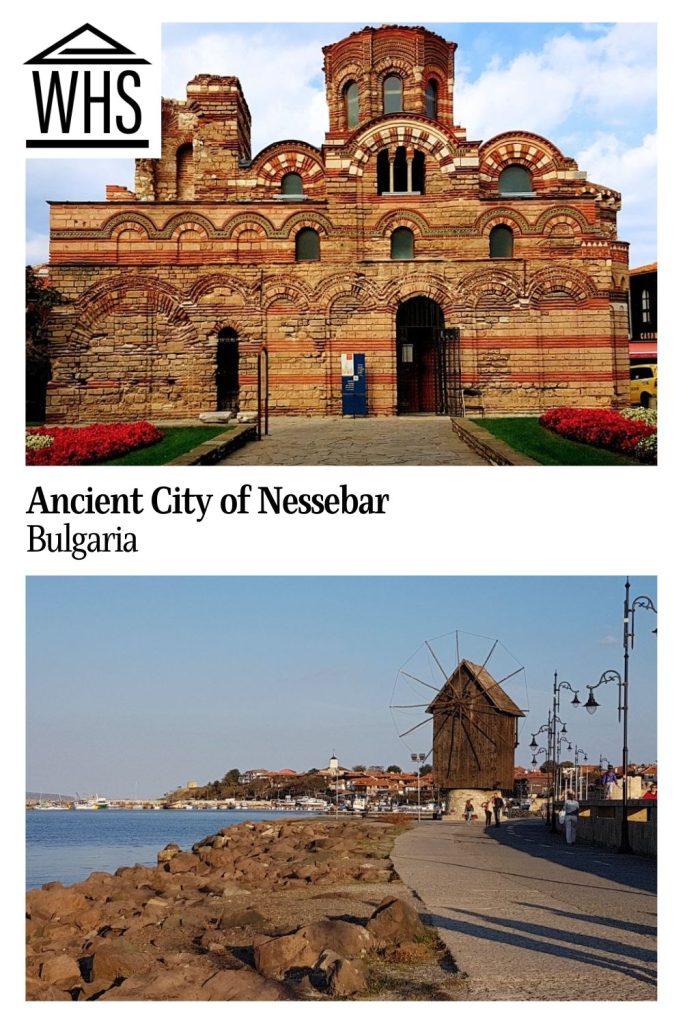
Disclosure: This article contains affiliate links. Making a purchase through an affiliate link will mean a small commission for this website. This will not affect your price. Privacy policy.
Why is Nessebar a UNESCO World Heritage Site?
UNESCO included Ancient City of Nessebar in its list in 1983 because of the unique combination of different architectural styles and cultures, “where many civilizations left their tangible traces” from the Thracians and the Greeks to the Middle Ages, while, UNESCO adds, “today it is a developing and vibrant urban organism.”
It is also listed more specifically because of its “preserved Bulgarian Renaissance structure” but with elements from many periods. UNESCO cites its medieval religious architecture in particular, with its rich ceramic ornamentation.
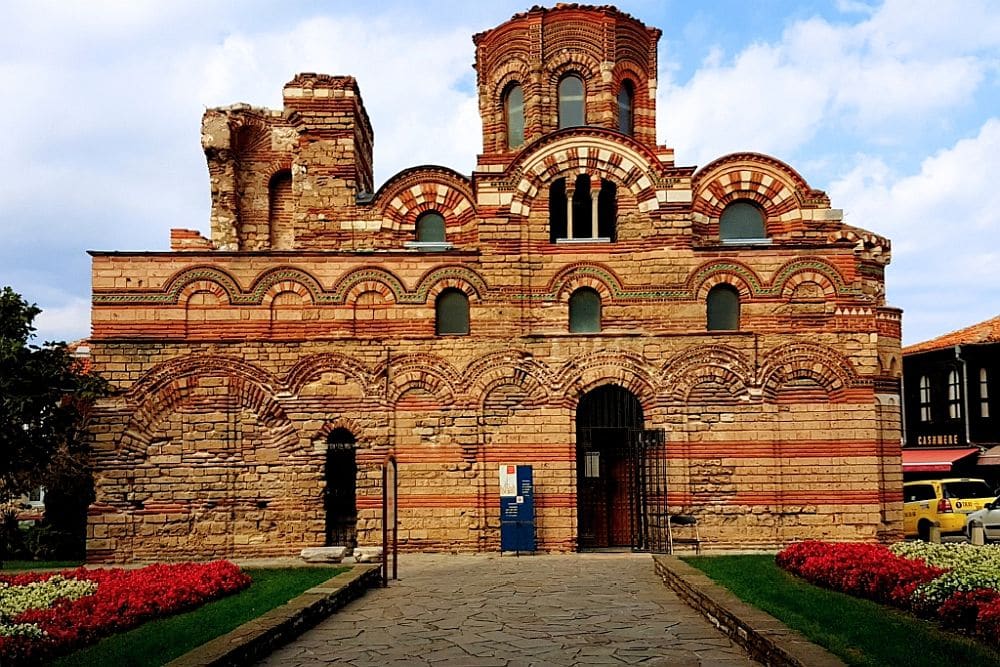
What can you expect on a visit to Nessebar?
Here you can see well-preserved monuments from antiquity to the Ottoman period. Among the most remarkable are the Church of St. Sofia (the Old Metropolitan) from the 5th-6th centuries and the Church of St. Stefan with its incredible murals from the 16th and 18th centuries. Nessebar is called “the city of the 40 churches,” each telling its story.
I visit Nessebar almost every year, usually in late May or early October, when the crowds are less and the weather is perfect. The old town is small but dense with historical and cultural landmarks.
The walk begins when I enter the remains of the fortress wall. The massive stones and bricks, woven into each other, instantly create a sense of scale and eternity. From there, I take the narrow cobblestone streets that wind between ancient houses, with wooden porches over the streets.
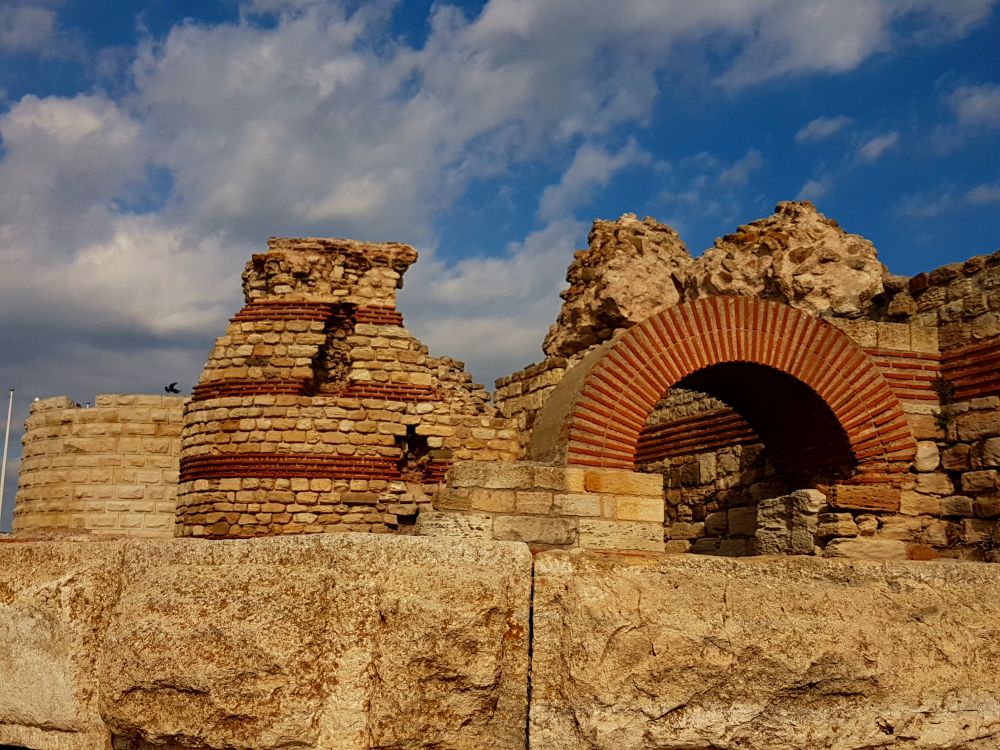
Do not miss the Church of St. John the Baptist: one of the best preserved, with a unique plan and a dome. The atmosphere itself is almost magical. Small windows pass the bundles of light that fall on the old stone walls.
I always stop at St. Paraskeva: a small church, but with a complex facade decorated with red bricks and white stone. The afternoon sun brightens it so that the facade literally shines.
Do not pass by the Nessebar Archaeological Museum. Situated next to the entrance of the Old Town, it offers a context for everything you will see and also contains things like antique coins, sculptures and ceramics found during excavations throughout the peninsula.
One of the most impressive churches is St. Spas (Church of the Holy Saviour) from the 17th century: a small, one-storey structure, but with exceptional murals showing scenes from the life of Christ and the Virgin.
After considering the main churches, it is worth deviating to the southern coastal promenade. From there, beautiful views of the sea and the new city are revealed. On hot afternoons, I often sit on a bench under the cypress trees, listening to the noise of the waves.
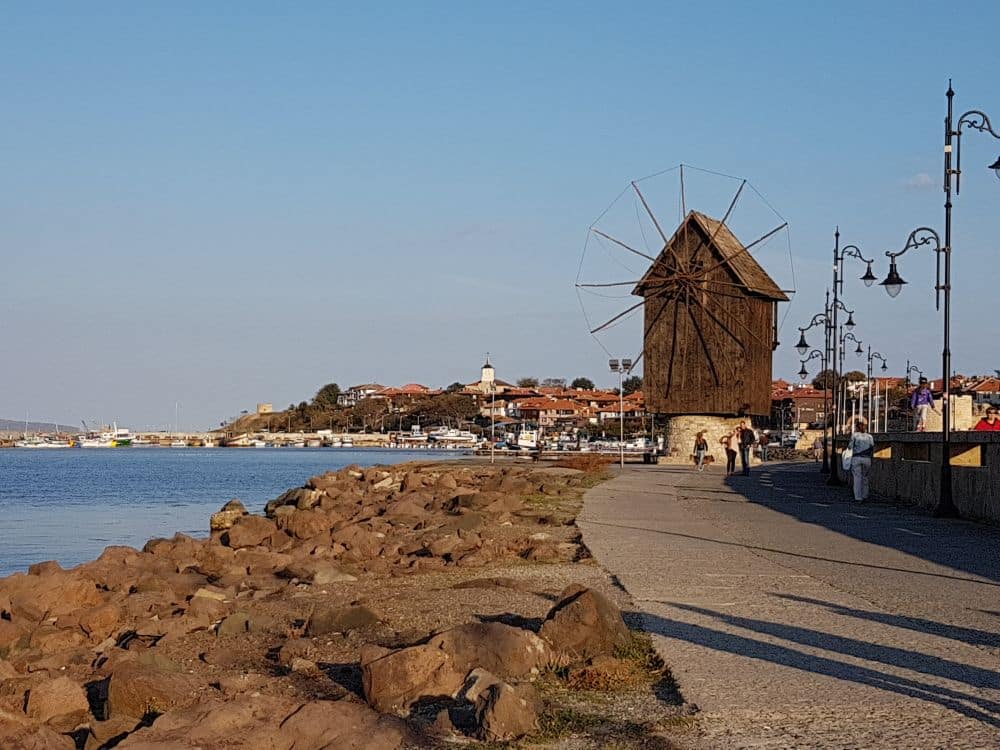
The summer evenings in Nessebar are particularly charming. The streets are filled with life and local artists sell paintings and handmade jewelry. The smell of fresh fish from small restaurants accompanies every step. I love having dinner in a small tavern with a view of the sea. Try the local specialties: horse mackerel, mussels in wine sauce or the classic shopska salad.
Another place that is worth your attention is the windmill located at the beginning of the strip. It is especially beautiful at sunset, when it appears as a silhouette in the background of the red-orange sky.
Nessebar is not just a city for photos. It is a place to experience. Any turn on the street can take you to a new small church, suddenly lead out to the coast, or you’ll come across an old well left over from Byzantine times.
Is the ancient city of Nessebar worth visiting?
Nessebar is a must for anyone who appreciates history, architecture and authentic atmosphere. Even if you only have one day on the Bulgarian Black Sea coast, spend it in Nessebar old town. One day is enough to tour the main sites, but two nights allow you to immerse yourself more fully.
Use the map below to find accommodations in Nessebar old town, or click here.
What sorts of travelers would like Nessebar?
Lovers of history and archeology and cultural tourists would enjoy spending time in Nessebar. So would families with children or couples looking for romantic walks. Photographers would have ample opportunities here to get uniquely scenic shots.
Tips for visiting Nessebar
The best time to visit is from mid-May to the end of October with July and August being high season. In the summer, though, it will be the most crowded and it is advisable to make a dinner reservation in advance.
Wear comfortable shoes for walking on the uneven cobblestone streets.
As you plan your trip, consider visiting other UNESCO sites in Bulgaria too.
Where is Nessebar?
Nessebar is located on the east coast of Bulgaria on the Black Sea, about 35 km (22 miles) north of Burgas. The trip by car takes 30-40 minutes along the main E87 road. Parking is limited. There are paid parking lots at the entrance of the Old Town. Prices are moderate but they fill up quickly.
Regular buses depart from the South Bus Station in Burgas. The trip takes about 1 hour and stops right at the entrance of the Old Town.
For more information about Nessebar, see its official website.
Have you been to Nessebar? If so, do you have any additional information or advice about this UNESCO World Heritage site? Please add your comments below!

